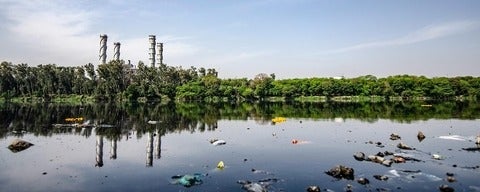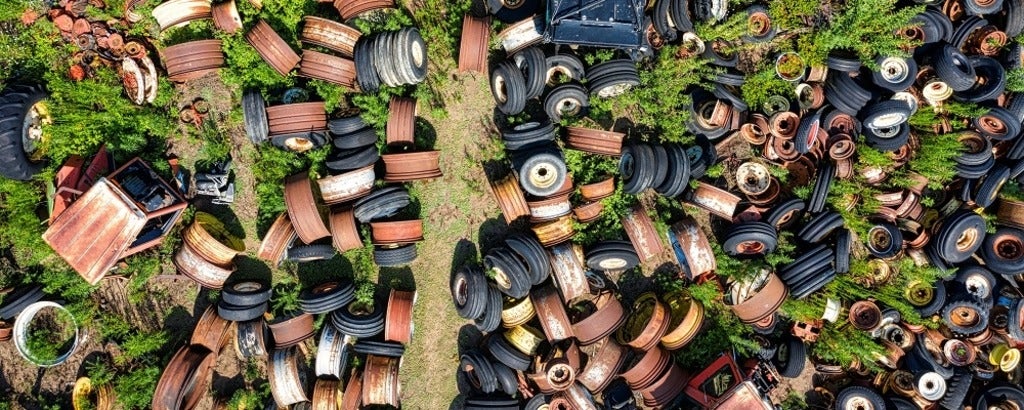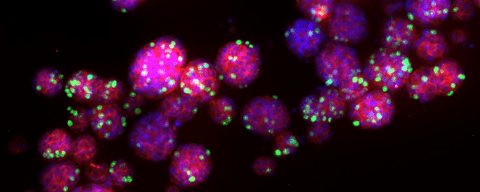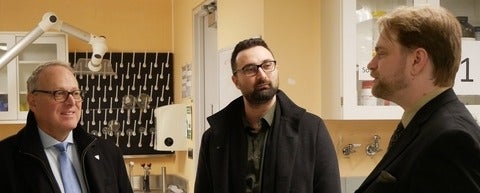Researchers advance technology to remediate nanoplastic pollution in water systems
The ubiquitous nature of plastic pollution in our environment is an alarming concern. The breakdown of plastics into smaller sizes, ranging from micro- to nano-sized material, raises concerns about their toxicity to the environment and humans. The impact of nanoplastics, which are a thousand times smaller than microplastics on fish, marine life and human life is under intense investigation, however, mitigating options are quite limited.
A team of researchers led by Chemical Engineering Professor Tizazu Mekonnen, at the University of Waterloo, have leveraged their expertise in polymer engineering to tackle this critical challenge. Mekonnen’s research is in polymer sustainability, and it endeavours to reduce the carbon footprint of the plastics industry.





